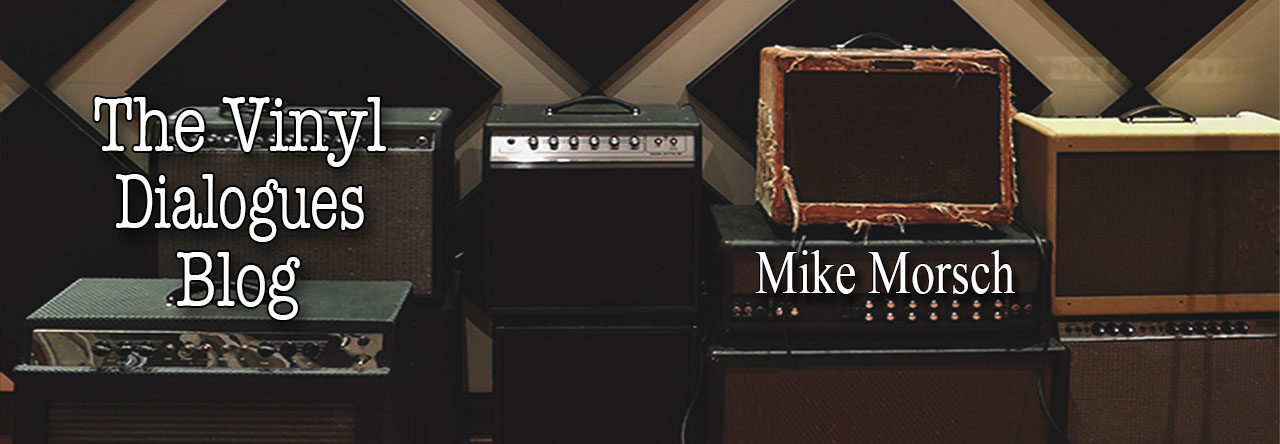Seeing Daryl Hall and John Oates headline the inaugural Hoagie Nation Festival in Philly May 27 reminded me of a portion of the last interview I did with Oates. It was about how each of their roles in the band had evolved throughout their careers.
There is a perspective out there – one with which I vehemently disagree – that Oates is some sort of second banana to Hall. There was even a short-lived television show called “Garfunkel and Oates” that is described as being about “two famous rock-and-roll second bananas.” (As an aside, Oates himself played a porn shop clerk in one episode and there was a hilarious off-color running joke on the show that referenced Oates’ famous 1970s mustache.)
In a dozen interviews over the past decade, I’ve talked to Oates about almost everything Hall & Oates and everything solo Oates. He’s what I’d describe as the perfect … Read more
